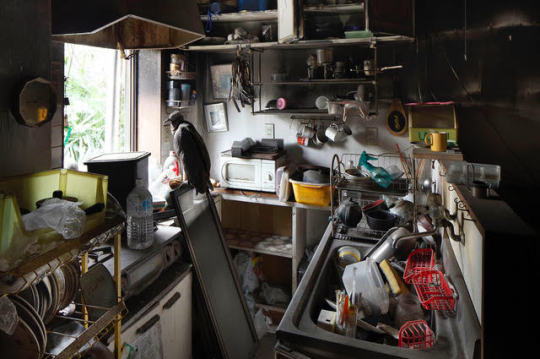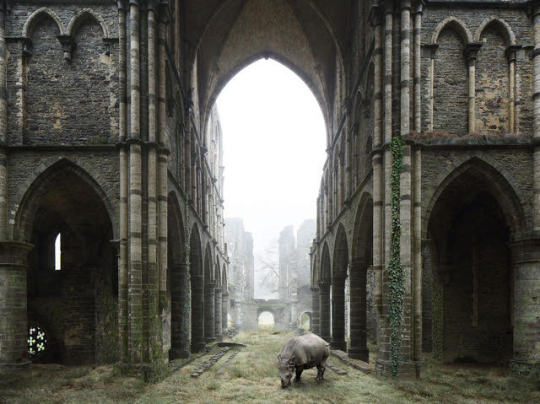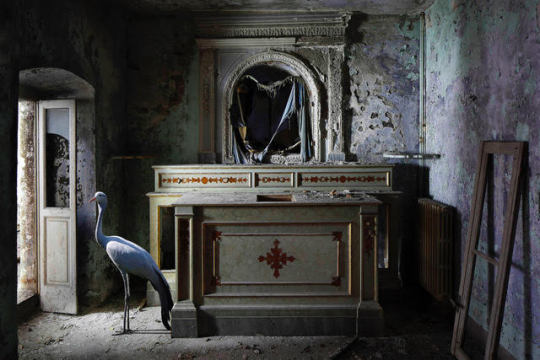1/30/18

Cover photograph, “Arlette,” from “No Man’s Land,” by Henk Van Rensbergen
I believe that whatever inspires one’s interest, whatever activity one wants to engage in, a thoughtful education about the subject is an absolute necessity to enrich the experience and enhance what comes of it. To be a dedicated scholar of what arouses a passion is vital.
For me, and for anyone powerfully drawn to photography, it’s essential to know what has gone before and to be constantly learning what is currently being done by others, whoever and wherever they are.
When I was just beginning to think seriously about photography, I made a deliberate study of books of other photographers’ work. From the first, I bought any book that had at least one original idea. That visual pursuit has never stopped, and after many years as a professional photographer I now have a library of a few thousand books.
These days, the internet has provided a fantastic source for photographs. With an almost religious zeal, I tenaciously explore websites from all over the world, making screen shots of images I love or can learn from. Now, along with my books, I have a digital library of images I can search and refer to anytime.
I continue to visit bookstores regularly, including three favorites in or near my Flatiron neighborhood in New York City — Rizzoli, a beautiful place on Broadway just South of 26th St, Barnes & Noble on the North side of Union Square, a gigantic four-story store that provides immense space for browsing, looking, and reading, and the incredible Strand Bookstore, located on Broadway and 12th St. With Amazon looming large on the horizon, these stores may not survive; in support, I buy a book or two on most visits. A few weeks ago at Rizzoli I saw a book with a cover photograph that made me catch my breath. (See above.) The image is on the cover of “No Man’s Land” by Henk Van Rensbergen, a photographer whose work I didn’t know. I sat down with the book (something one can do at this welcoming bookstore) and studied it, slowly, page by page. After buying the book and then studying the work of this photographer through the internet, I was so fascinated that I contacted him and we spoke at length.
A native of Belgium, Henk Van Rensbergen is a commercial airline pilot as well as an accomplished photographer. Thirty years ago, as a teenager, he began exploring abandoned places, factories, mansions, streets, etc. and making photographs. He has no idea why…I think this is often the case with the beginning of an intense interest in something. He felt the places were like dinosaurs, or old kingdoms; he couldn’t stop searching, finding and exploring abandoned places. He is still fascinated with them to this day.
Prior to “No Man’s Land” he has published four books on this subject. His images are haunting, epic, fascinating. Because other photographers in large numbers have since begun to explore and photograph abandoned places, Van Rensbergen feels now that it has become impossible to make new, unique imagery. So he has moved forward with his new project, a new way of thinking about “places.”
He has produced a new body of work in which humanity is absent, as in his previous images, but of places where animals have moved in. “No Man’s Land,” just published by Lannoo, with a fascinating introduction by Desmond Morris, contains images that have remained spinning in my brain ever since I bought the book.
In his introduction, one possibility Morris proposes is that humanity has been killed off by a lethal virus, with only animals to occupy the downtrodden, ruined and thus abandoned places mankind had built. But what most fascinates me about the new images is the juxtaposition of the broken down, dreary structures and the animals – hyenas, giraffes, cows, crocodiles, pigs, primates, etc. – living in them perhaps as sad and forlorn as the locales themselves.
Here are some of Van Rensbergen’s fascinating works:

“Black Seika”

“Albert”

“Rosa”

“Diederik”

“Georges”
“No Man’s land” is a wonderful collection of unique photography. Congratulations on this fascinating work, Henk.